-
Posts
1,313 -
Joined
-
Last visited
-
Days Won
4
Content Type
Profiles
Forums
Blogs
Gallery
Events
Store
Posts posted by Chris Liontas
-
-
Amazing group Chris!
dumb question, did these guys volunteer for the flamethrower units or were they just assigned randomly? Were they just considered a pioneer assignment position, or specialized?
0 -
Any updates Chris??? Hooding for a great outcome.
0 -
Great find! Do you think tumor can be refurbished at all? Congrats on a great helmet.
0 -
I’d ask Randy Trawnik at Age of Kings. If he doesn’t know he will know who does.
0 -
Great helmet and history Chris! What a find to get them both together.
Honestly if COL J says the plate is good, it’s good. He’s amazing at the history and wear of the plates and covers.
What would flanderengrippe be? Like a trench foot?
0 -
Love the display Chris!
0 -
Wow Chris! That is a great find!
Was this taken on the Italian front? I notice the Austrian and German uniforms.
0 -
The colors ended up with a collector in South Africa. Mervyn was very pleased with were they went I believe.
0 -
Why are we allowing an advertisement for a sale to be posted here on this forum? We have separate areas for this, why is it being posted in the United States Militaria section rather than in a for sale section?
0 -
Ok lets try this again!

Again, this trunk was found in an old house and was sold to a dealer. Once found, the aviation helmet and golden wings were removed from the tunics, the one on the Navy uniform is a replacement.
Morris Dry was born in Mexico, Missouri. He attended the University of Missouri and was in both ROTC and the marching band. Here is his ROTC uniform and band uniform from the University of Missouri. The ROTC uniform has both the ROTC patch, and the U of M collar brass. Morris after graduation would join the US Navy and train at Massachusetts Institute of Technology and graduate with class 25, 20 Aug 1918.
MIT Class photo, with names above most photos. Morris is also mentioned in the book Flying Officers of the USN 1917-1919. Attached is his photo.
Morris' white Navy Dress uniform along with close ups of the buttons and shoulder boards
After graduation, Ensign Dry was assigned as a instructor and bombing instructor at Pensacola Naval Air Station for the duration of the war. There he taught flight and bombing on Curtis HS1 flying boats. He would do that until dischare at the end of the war where he returned to school and received his Law degree from Harvard.
Practice bombs, one painted with an American Roundel and Morris' navigation wheel.
Uniforms
And the final prize to the group, the insignia off of Ensign Dry's flying boat. There are three squadrons that I know of from Pensacola at this time. This is the only insignia I know that survives, possibly the US Navy museum there has one. The fabric appears a heavy linen, different than the others I have seen from combat aircraft in France. It feels like a much heaver weave.
The insignia shows the American eagle attacking the Kaiser's eagle. It has amazing detail for the time frame, and thankfully was stored on the top of the trunk was it was never folded or smashed the way so many other fabrics were.
0 -
my edits and photos crashed! I'll get the photos downsized and try again
0 -
I wanted to post this for a Jaba. This is my only US Navy WW1 group. I could. It resist it though as it is a complete trunk group along with the fabric insignia of his aircraft. Ensign Dry kept all his uniforms which makes this trunk quite a time capsule.
The trunk was rescued from a house that was to be demolished. All the contents were listed on the inside of the trunk in 1964. Sadly the flight helmet and the original gold wings were removed from the group. I placed a stand in, but the originals were gone by the time I saw the group
0 -
-
-
I was lucky enough to have a friend offer me this tunic. Lt Peak trained to be a pilot but when planes were not available he volunteered to fly as an observer/bombadeer with the French (where he accounted for one victory).
The write up from New England Aviators explains his war service much better than I could. The most interesting thing about LT Peak was his service with Graves Registraion after the war. He was liaison to the French for identification and repatriation of US war dead. It’s an interesting subject to read about, as it was the first time the US government attempted to bring so many war dead home. Also, it appears the US insulted our French allies (unintentionally) during the repatriation process. A poignant time in WW1 history.
Write ups
0 -
I blame ChrisB and PaulR. They are troublemakers.
 0
0 -
Beautiful Chris! What kind of camera are you using?
The iron cross label is a killer! I don’t think I’ve seen that before. Very nice!
0 -
Rofl
We ought to start a topic on:
” how to recover with your wife” thread. I’m in the doghouse as well
Grats in the cards though Chris!
0 -
Sweet! Thank you very much!
0 -
Hello ,a comment . At the outbreak of ww1 many foreigners resident or not in France volunteered to service in the French Army.this corp of volunteers included citizens of USA . The Swiss writer Blaise Cendrars was among the volunteers . he wrote a book The chopped hand , in which related his war experiences . Two points of his book i think are in connection with the theme . One that all the volunteers were officially incorporated into the Foreign Legion . as infantrymen . Two ,during 1915 ,the French High Command searched the files looking for volunteers to serve in the heavy Artillery . the neccesity of artillerymen endured all the duration of the war . so if Dr Brodeur enlisted in the Foreign Legion it was because this Corp was the only allowed to receive foreign volunteers . acting as a sort of Depot . and being a graduate its not surprise that he was oriented to the Artillery,
Excellent! Thank you for the explanation. It is interesting how desperate they were for artillerymen all through the war. What is the book called you reference? Is it in French or English?
0 -
2000s is definitely a pre 1918 wartime issue. Really nice! I’ve never been able to get one this low. Really great find.
0 -
Hi guy, thank you for the comments!
I really don’t know why he was not transferred into the US Army. As far as his obituary states he never joined the US Army but remained with the French until 1919. As far as I understand, there was a group of Americans (company sized) that trained and served with the French Artillery. I honestly don’t know how they were selected or how the word went out for recruits. There are four other French artillery uniforms I know of to Americans — none of which joined the US Army; even though they all were at the Argonne. Maybe liaison work?
0 -
-
I wasn’t sure where to share this, but since the uniform is French I thought France might be the best place. It is the only non flying uniform I own, but it is unique in its own right. When most people think of American vollenteers with France, they immediately think of the LaFayette Escadrille/Flying Corps. However there were hundreds of Americans that fought for France in other branches.
Dr Brodeur graduated Harvard Dental School in 1917. He then went to France to serve under the Red Cross for the th Franco-American Committee for Frontier Children. He held this position from July 1917 to March 1918. In March he enlisted in the French Foreign Legion and was then sent to artillery school in Fontainebleau. He was appointed aspirant June 12 and assigned to the 60th field artillery. He was then subsequently transferred to the 288th field artillery in September 1918.
He participated in the Somme (1918) , Marine-Aisne Offensive, Champagne, and the Muese-Argonne Offensive. Demobilized 3, May 1919 he returned to the Units States and became both a Orthodontist and famous sculptor. His works are on display at Harvard and the Boston Museum of Art.
0




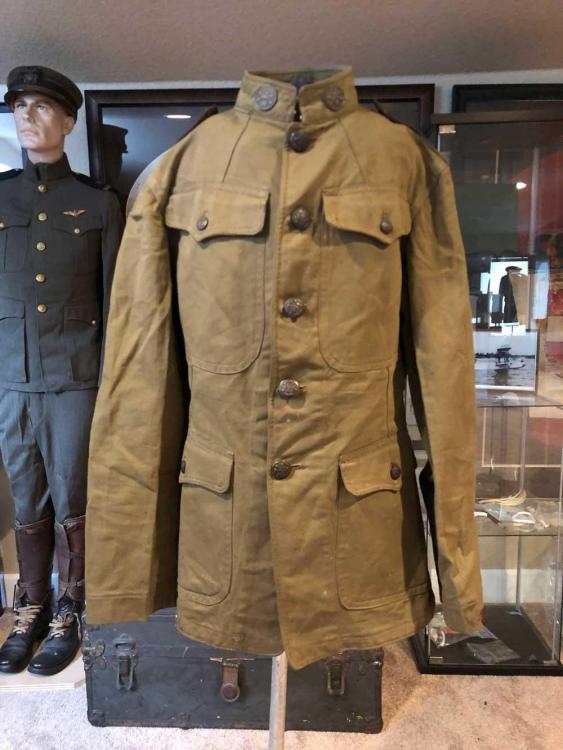

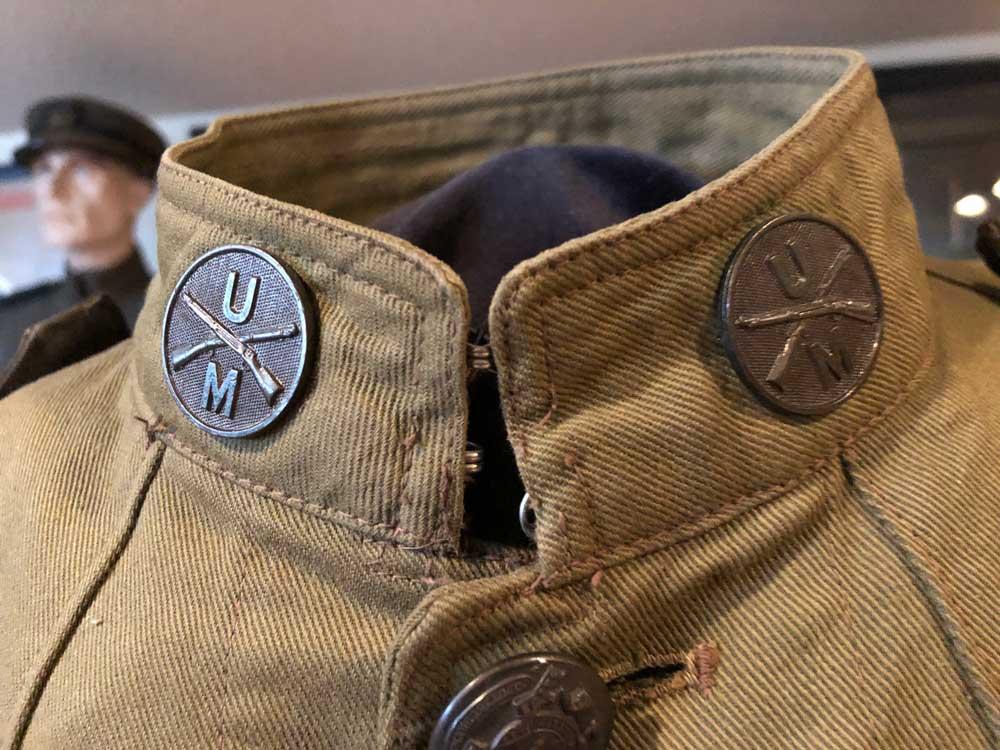
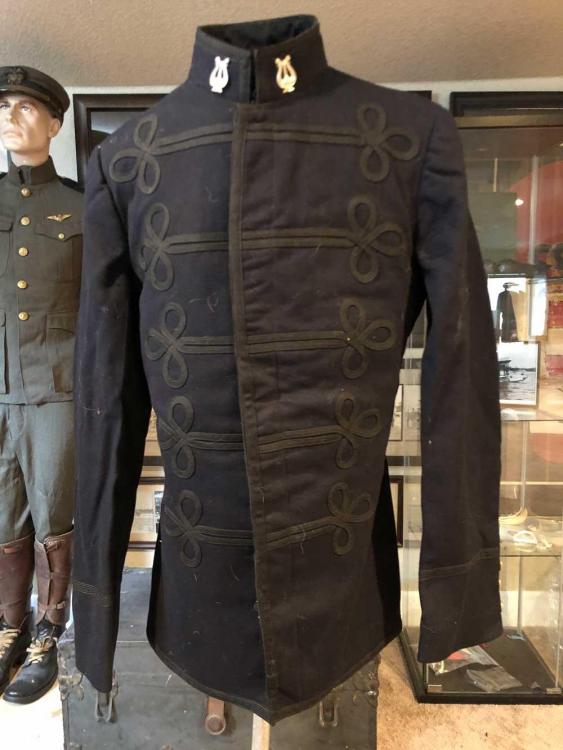
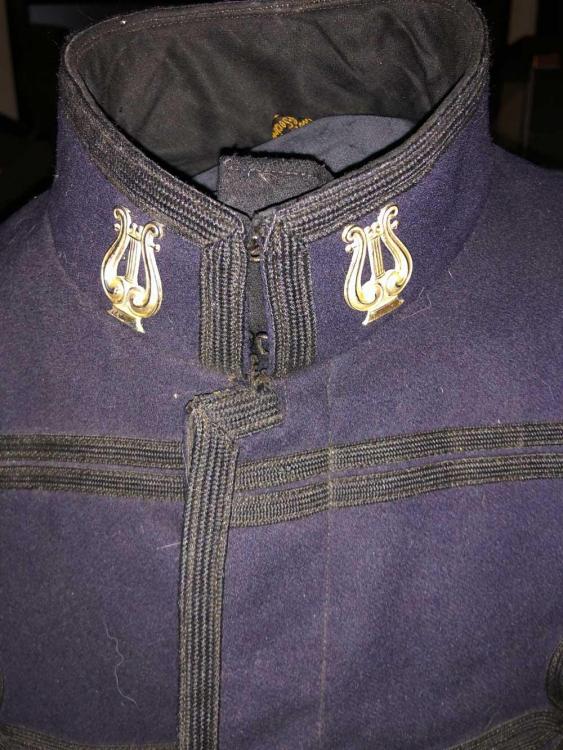

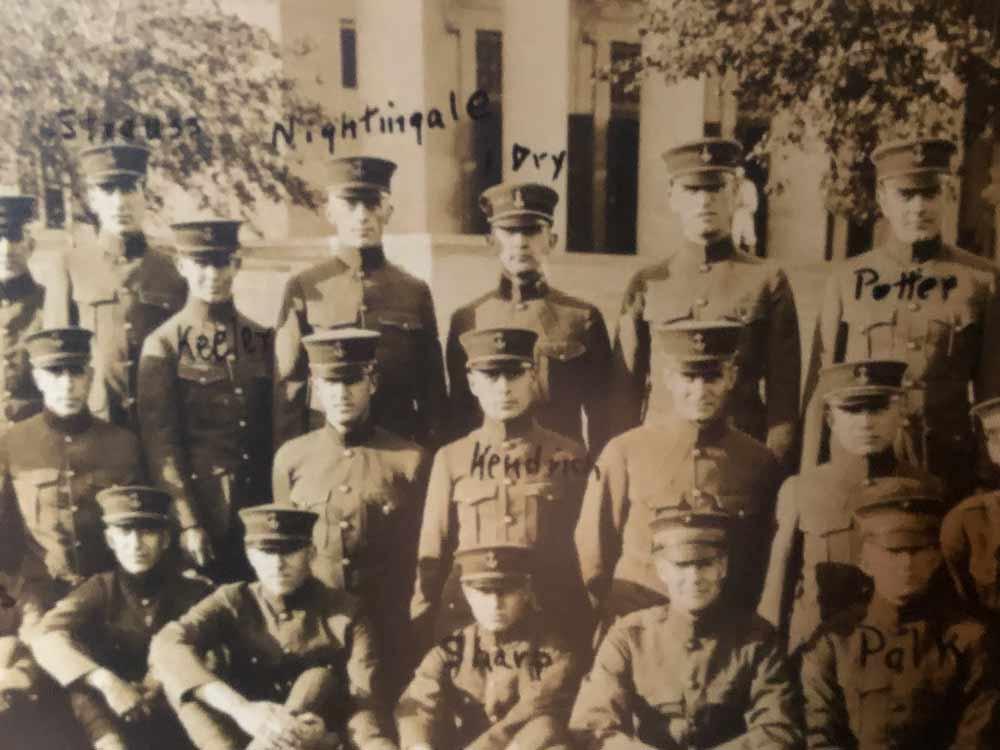

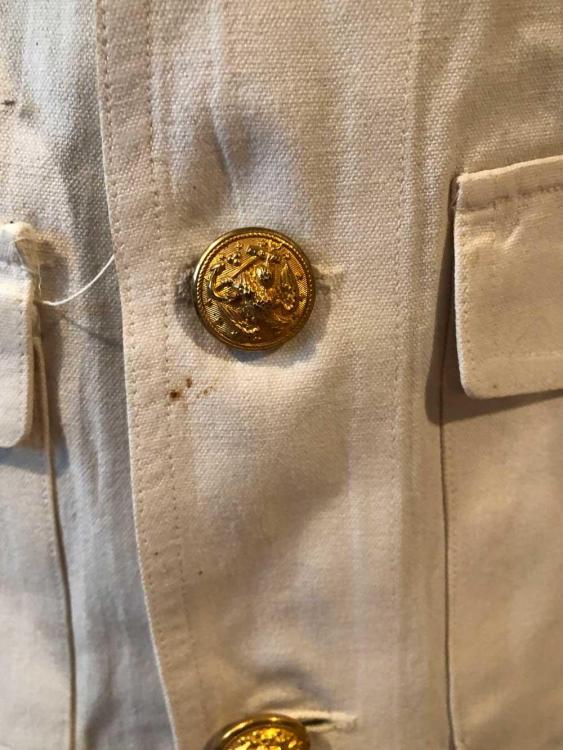
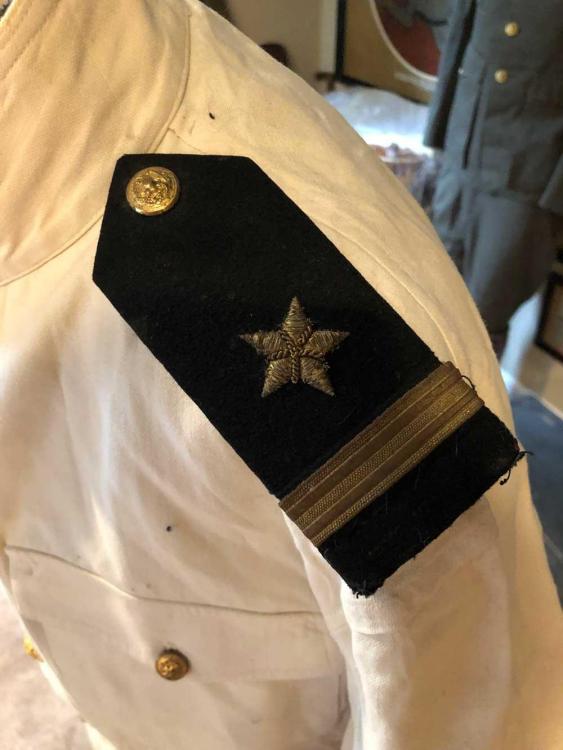
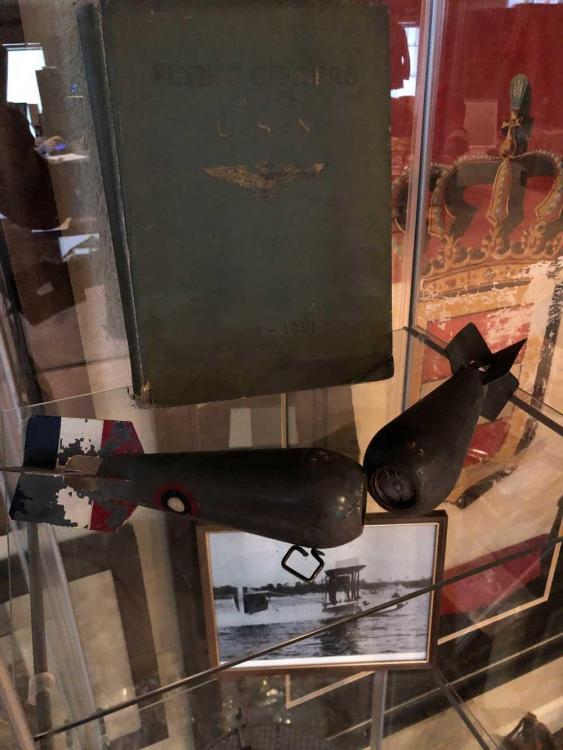
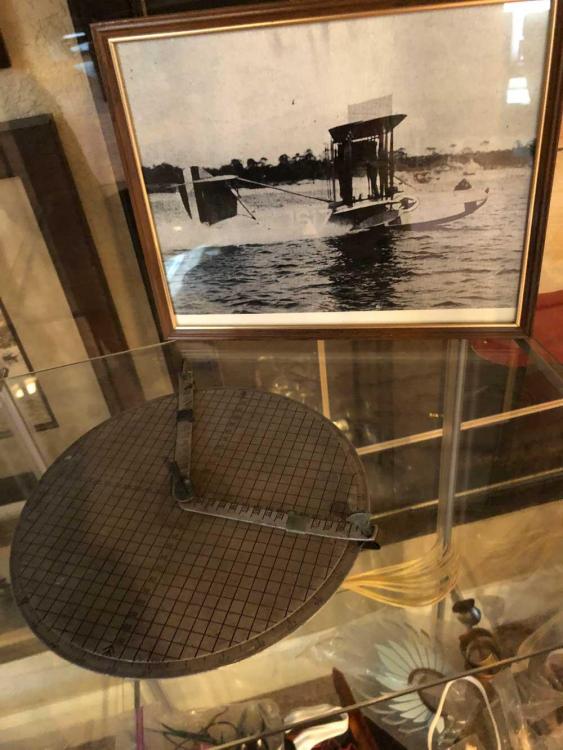
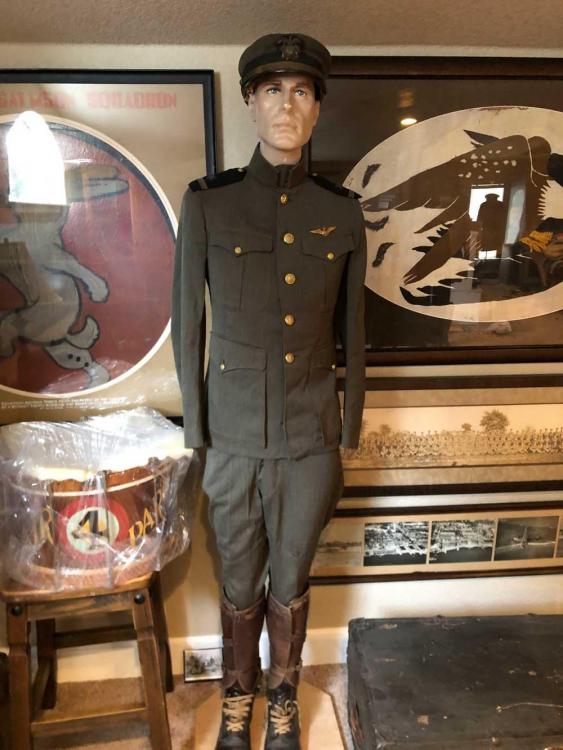
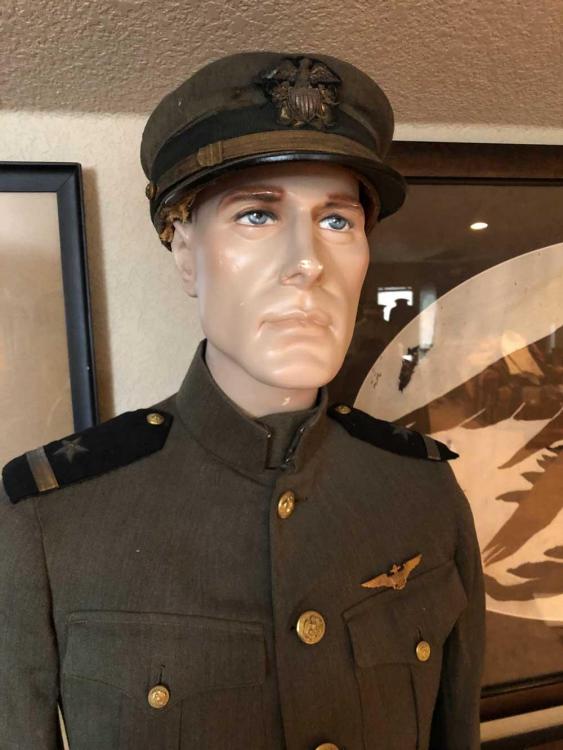
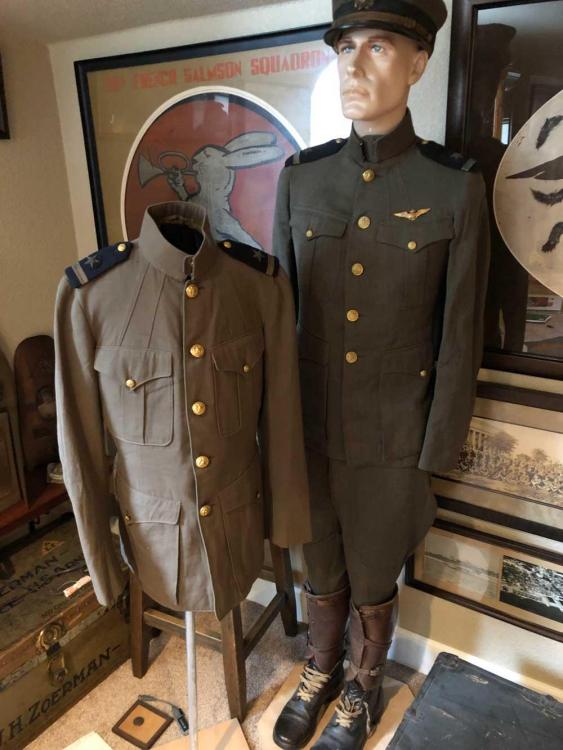

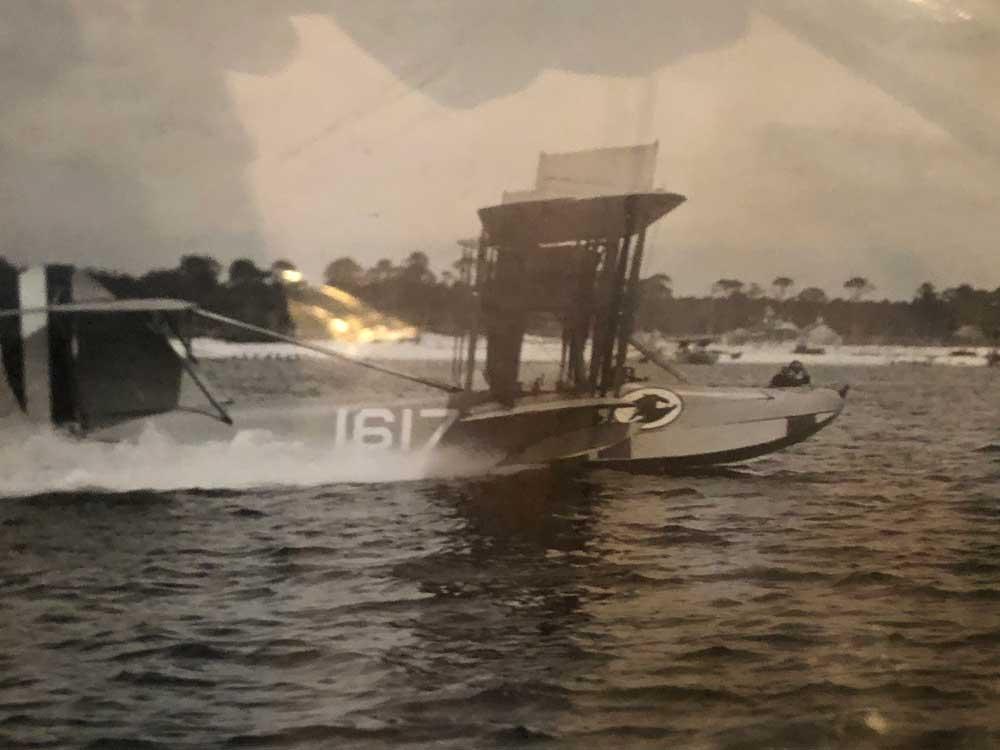
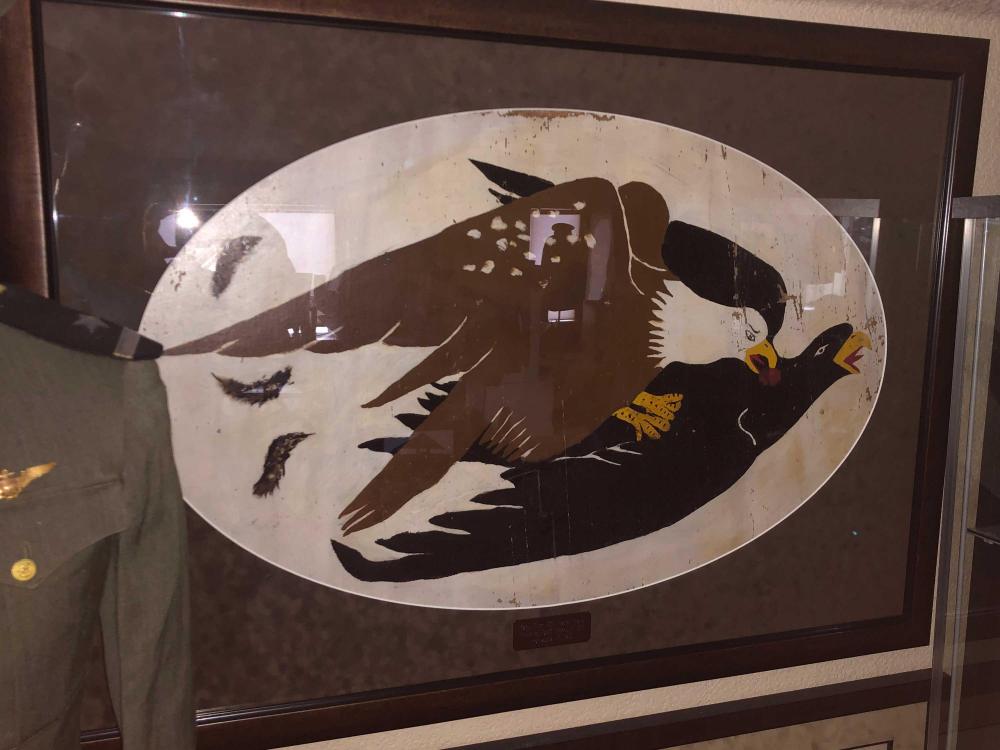

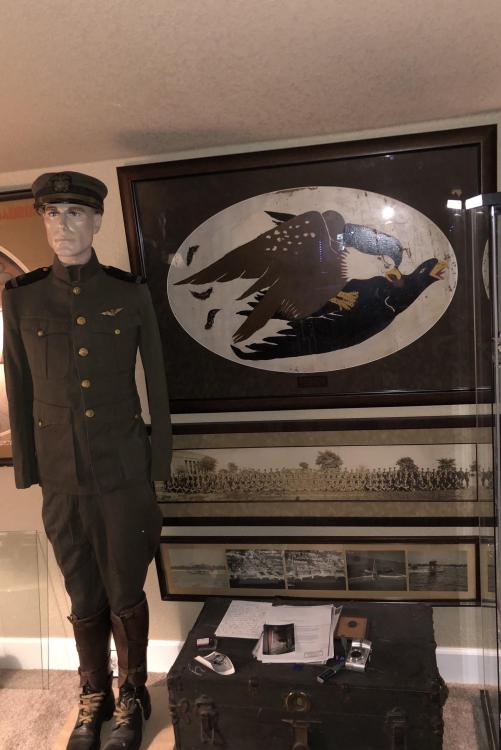

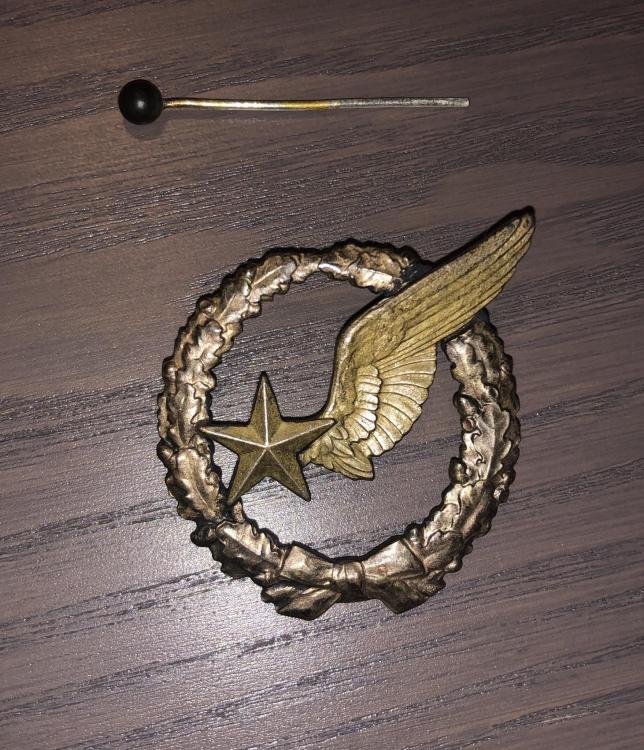
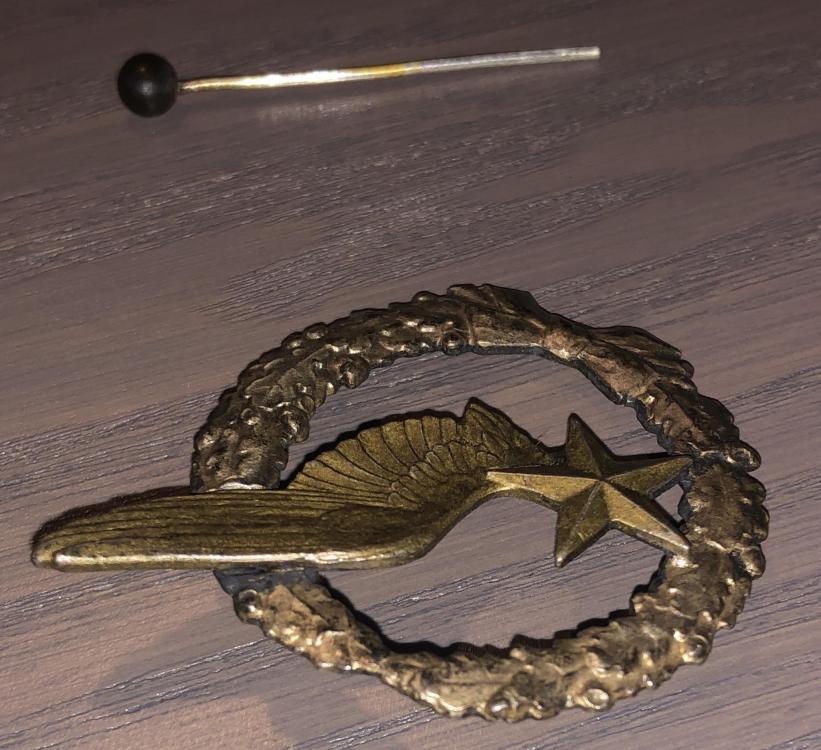
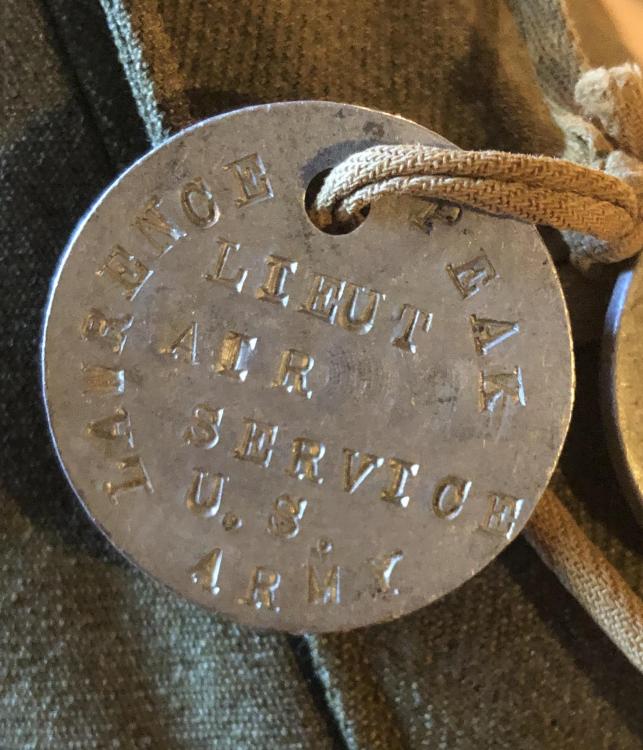
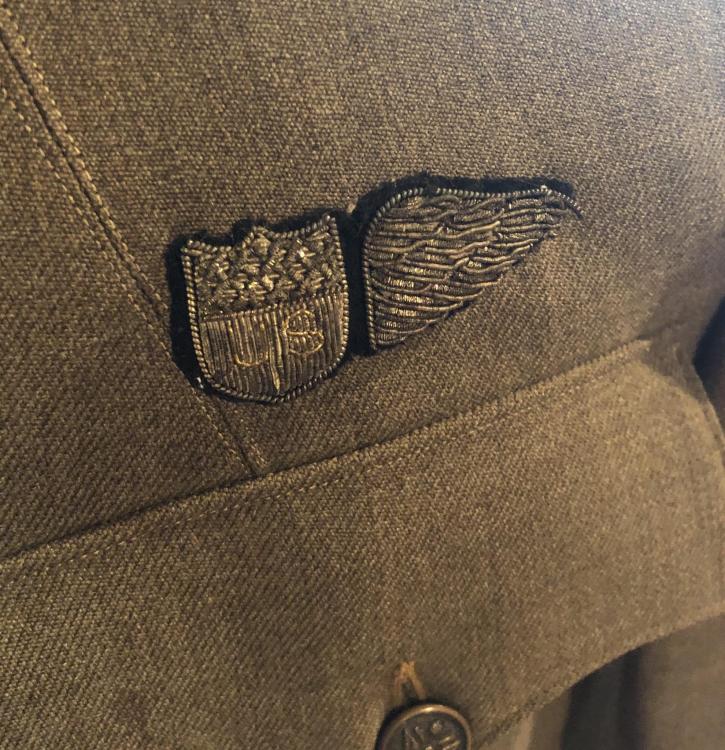




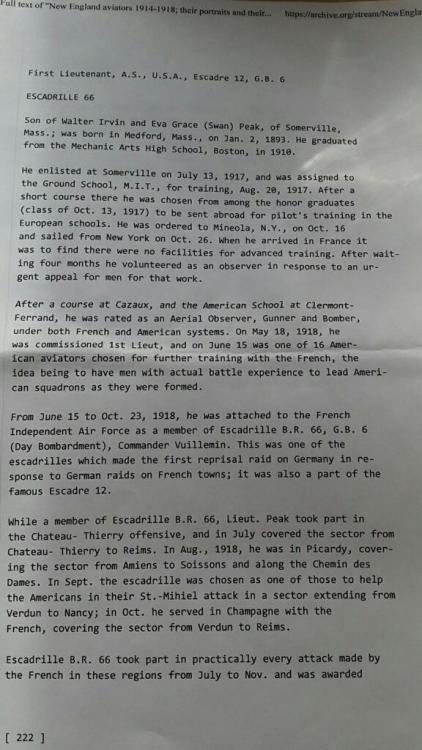


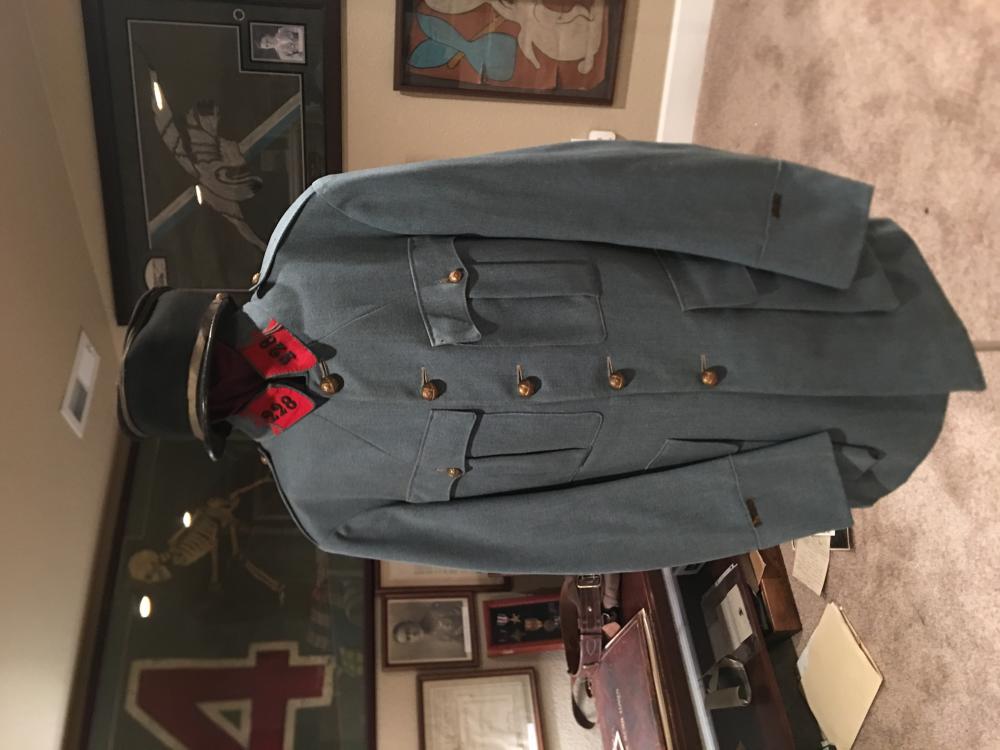

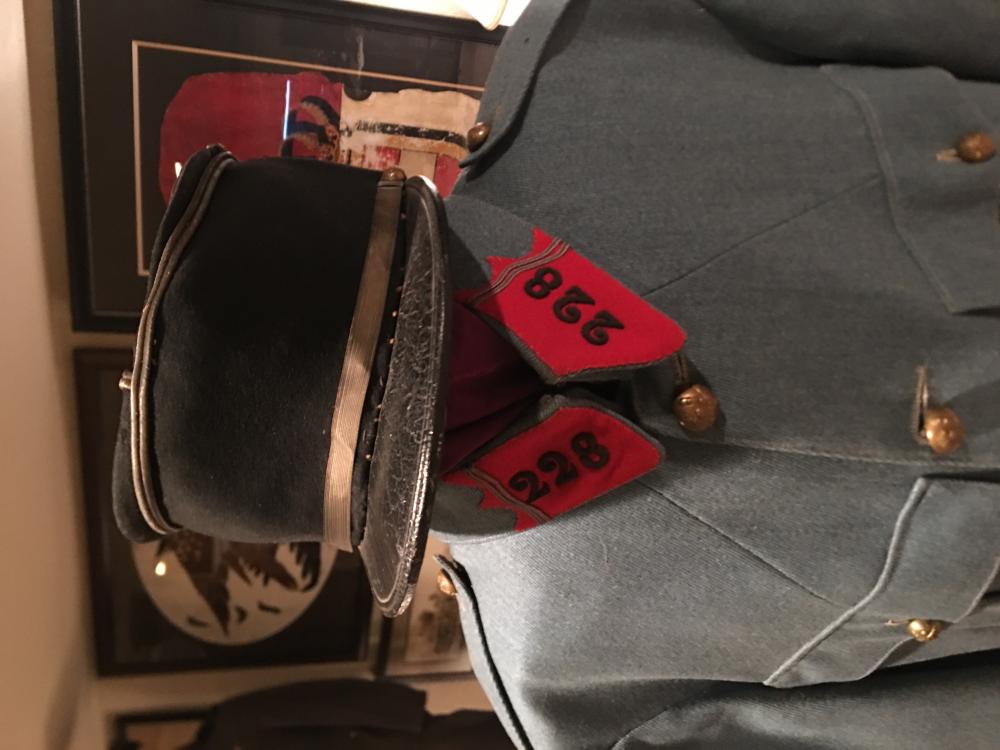


Some priceless American History.....
in Germany: Imperial: Rick (Research) Lundstrom Forum for Documentation and Photographs
Posted
Great find Chris!